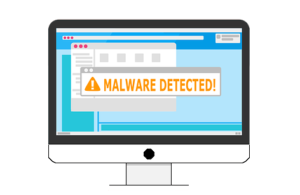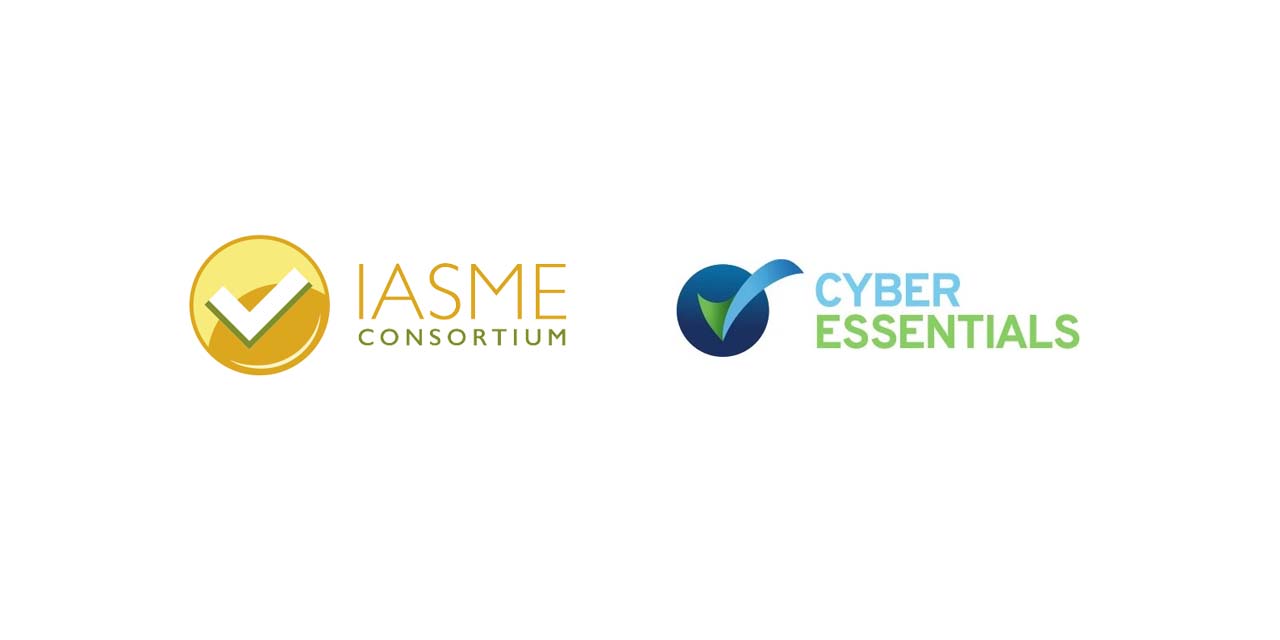5 min read
How to calculate IT support costs
Calculating IT support costs is important, particularly when running a small business. In this article, find out how to roughly calculate the cost of...
7 min read
Svetlana Williams
05-Jul-2023 13:53:40

Unless you've been living on a remote island without internet access, you've probably heard of artificial intelligence (AI) and ChatGPT. It has the power to revolutionise your business. But do you know how to use it?
I'm going to show you how to use this technology to analyse data, speed up your work, communicate easier, and so much more.
In this article, we’ll cover:
What is Artificial Intelligence?
What is ChatGPT, and how does it work?
Ways to Use ChatGPT in Your Small Business
4 Things ChatGPT is Really Good at
The Key Risks and Limitations of ChatGPT
5 Useful Tips for Creating Effective Prompts in ChatGPT
6 Next Steps to Harness the Power of AI in Your Small Business
AI, or Artificial Intelligence, is a technology that replicates human intelligence processes in machines, specifically computer systems. This includes learning, reasoning, problem-solving, perception, and language understanding.
In the context of your small business, AI might seem like a buzzword from a science fiction movie, but it's more practical and accessible than you might think. For instance, an AI like ChatGPT can process vast amounts of information much faster than a human can, automate repetitive tasks, help understand customer behaviours, provide customer support, etc.
Using AI can improve efficiency, make more informed decisions, provide improved customer service, and even identify new opportunities, driving your business towards greater success.
ChatGPT is an example of an AI language model developed by OpenAI. It is designed to generate human-like text based on the input it receives. Its technology is powered by machine learning, specifically a GPT (Generative Pretrained Transformer) model, which is trained on a wide range of internet text to develop a broad understanding of human language.
Here's how it works: when you give ChatGPT a prompt, like asking a question or starting a sentence, it predicts what text should come next, creating remarkably human-like responses.
For instance, if you're running a restaurant, you can ask it to write a new menu item description, and it will provide you with creative, enticing text based on your prompt.
ChatGPT can be a game-changer for small businesses, offering tools like automated customer service, content creation, and more, all while saving you time and resources.
Incorporating ChatGPT into your everyday business operations can help to streamline workflows and enhance productivity.
As a small business owner, you can use it to automate responses to common customer enquiries through a chatbot, saving time for your team to handle more complex issues.
Need to draft an email or a blog post but need help figuring out where to start? ChatGPT can assist by generating drafts based on a few key points.
In marketing, ChatGPT can be used to create engaging content, write product descriptions, or even brainstorm ideas for social media posts.
It can also translate languages, making communicating with international clients or understanding foreign language reviews easier.
Remember: ChatGPT is a tool – the more creatively you use it, the more it can aid and elevate your business in surprising ways.

At Superfast IT, in my role as a marketing coordinator, I used ChatGPT to analyse all our Google reviews to find common themes for our marketing messaging. Here’s how I did it:
Below are 71 Google reviews for an MSP called Superfast IT. What insights can you draw from the reviews that would help in determining marketing messages?
- Responsive and quick
- Reliable and consistent
- Friendly and personable service
- Proactive and forward-thinking
- Expertise and knowledge
- Ownership of issues
- Company culture and teamwork
- Personal touch
- Swift and Responsive
- Friendly and Exceptional Customer Service
- Reliable and Consistent
Analysing the Google reviews for common themes was a task that would have taken me a long time to do alone. Using the power of ChatGPT, I completed the job in only a few minutes.
The effectiveness of ChatGPT depends heavily on how you use it. With creative applications and a good understanding of its strengths and limitations, it can be a powerful asset for your business.
Download Now: ChatGPT Cheat Sheet
While ChatGPT has many advantages, it's also important to acknowledge its risks and limitations.
One limitation is that it doesn't understand the world like humans do. Its responses are generated based on patterns learned from the data it was trained on, not from real-world experience or understanding. This means that it can sometimes generate incorrect or nonsensical answers.
Another risk is inappropriate or harmful outputs. Despite safeguards, there can still be instances where ChatGPT may generate offensive, biased, or objectionable content. Monitoring its use, particularly in customer-facing applications, is crucial to prevent potential harm.
Also, while ChatGPT can handle many types of conversations, it may struggle with specialised, niche, or complex topics. This is because its training data includes a broad range of internet text but might need more depth in technical fields.
Moreover, ChatGPT cannot make decisions or judgments based on ethics or morality. It's just a tool and doesn't have its own values or opinions. Decisions that require human judgment or discernment should not be fully delegated to ChatGPT or any AI.
Lastly, it's essential to remember data privacy. While ChatGPT has strict data usage policies, always consider the information processed through AI tools and ensure it aligns with your business’s privacy standards and regulations.
Balancing these risks and limitations with potential benefits is vital to responsibly integrating ChatGPT into your business operations.
Creating effective prompts for ChatGPT is both an art and a science, and it can significantly influence the quality and usefulness of the AI's responses. Here are some tips:
Remember, practice makes perfect. The more you use and interact with ChatGPT, the better you'll become at crafting effective prompts that help you get the most out of this powerful tool.
As a small business owner, harnessing the power of AI like ChatGPT can significantly benefit your operations, but it might initially seem daunting. Here are some recommended next steps:
You can harness AI's transformative power for your small business by following these steps.
The goal is not to replace the human touch but to free up more resources for tasks that truly matter, such as building customer relationships and growing your business.
By understanding and integrating AI into your business, you can unlock exciting opportunities for improvement and growth.
The journey into AI may seem daunting initially. Still, with gradual integration, continuous learning, and a focus on creating customer value, your business can thrive in ways you never thought possible.
The future of small business success is intertwined with AI, and now is the perfect time to embark on this transformative journey.
Ready to Elevate Your IT Experience? Partner with the Superfast IT Team!
In today's fast-paced digital world, your business deserves an IT partner who's always ahead of the curve. At Superfast IT, we're not just service providers; we're your strategic allies in navigating the complexities of technology.
Take the First Step Towards Hassle-Free IT Management!
🚀 Click Here to Get Started with a Risk Assessment From Superfast IT
Or learn about our IT support business packages and pricing to understand what coverage your small or medium-sized business might need.
Don't just keep up with technology; stay ahead of it!
We've created a handy cheat sheet to remind you of everything you've learned in this article. Keep it on your desk or office wall, and you'll soon use ChatGPT and AI to boost your business.

5 min read
Calculating IT support costs is important, particularly when running a small business. In this article, find out how to roughly calculate the cost of...

5 min read
Understanding the risks of cyber threats to your business, enables you to it place the right level of cybersecurity controls to your business. Even...

3 min read
IASME Cyber Essentials was introduced by the UK Government to help small businesses tackle cyber threats and prove to their customers and clients...